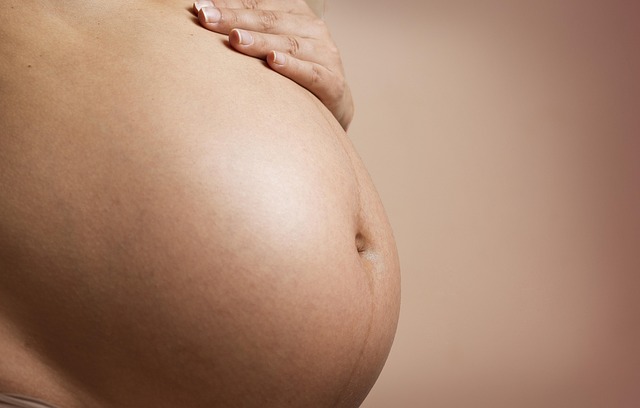For nursing mothers who pump, keeping track of everything can feel overwhelming. Recently, the Centers for Disease Control and Prevention (CDC) released new guidelines on breast pump cleaning that are crucial for all moms to understand. This comes in light of a tragic incident where an infant lost their life due to a rare infection linked to improperly cleaned breast pump components.
The CDC’s investigation revealed a significant gap in the existing cleaning standards for breast pumps. Dr. Rachel Thompson, a CDC medical officer, stated, “Our review of the available guidance highlighted a lack of comprehensive and scientifically-backed information for mothers on safe pumping practices. Consequently, we developed our own recommendations.”
The new guidelines emphasize the need for mothers to clean their pump parts after every single use—not just with wipes, but with soap and running water. We understand this adds to the already demanding routine of pumping. Additionally, it’s advised that mothers wash their hands before handling pump parts or expressed milk. It’s also essential to have a dedicated wash basin (separate from the kitchen sink), a specific wash brush (not the sponge used for dishes), and to allow the parts to air dry. For extra sanitation, boiling or steaming the components is recommended, using either a microwavable steamer or the sanitize cycle of a dishwasher.
The report highlighted that the mother involved had soaked the pump parts for several hours in soapy water, inadvertently creating an environment conducive to germ growth, which contaminated the equipment. It is important to note that the baby was born prematurely at 29 weeks, likely with a compromised immune system, and contracted a Cronobacter infection—a rare illness that the CDC reports only four to six cases of annually. This pathogen can also be found in baby formula.
While the circumstances are heartbreaking, the new guidelines are essential for safeguarding infant health. As a mother who has navigated the challenges of pumping, I empathize with the struggles working moms face, from transporting parts to finding private spaces for pumping (often the women’s restroom), to ensuring they have all necessary supplies for the next day. This new guidance may feel like yet another burden, but it empowers parents to provide the safest possible environment for their children.
Dr. Thompson emphasizes, “Providing breast milk is one of the best things mothers can do for their babies, and following these guidelines can significantly reduce the risk of contamination.”
For more information on home insemination, you can check out the Cryobaby at-home insemination kit. Additionally, Modern Family Blog offers valuable insights into pregnancy topics relevant to all expectant parents. For comprehensive resources regarding pregnancy and related health topics, visit NICHD.
Summary
The CDC has released new breast pump cleaning guidelines in response to a tragic incident involving an infant’s death due to improper cleaning of pump parts. These recommendations stress the importance of thorough cleaning after each use and provide specific steps to ensure that pumped milk remains safe for babies.
